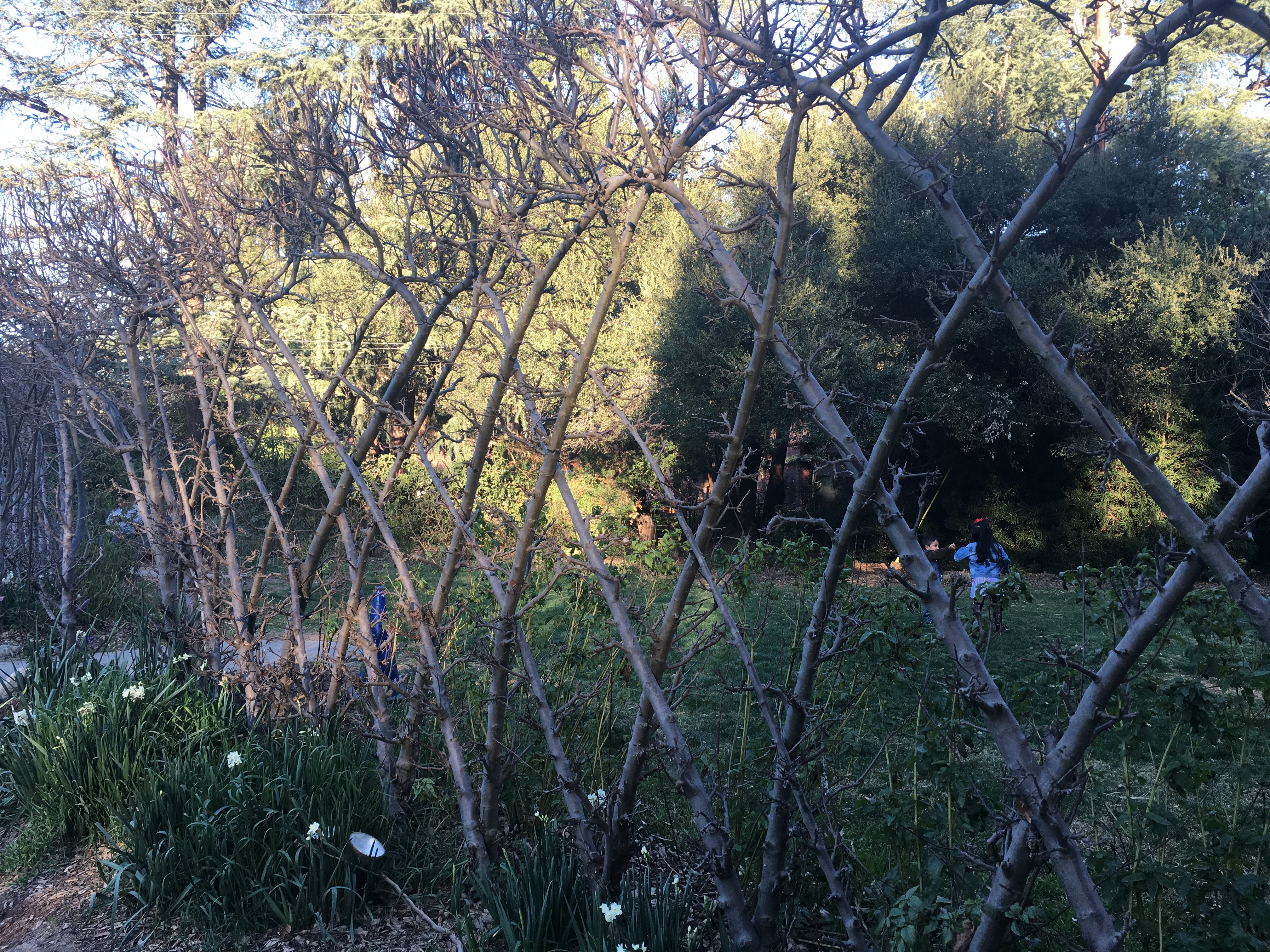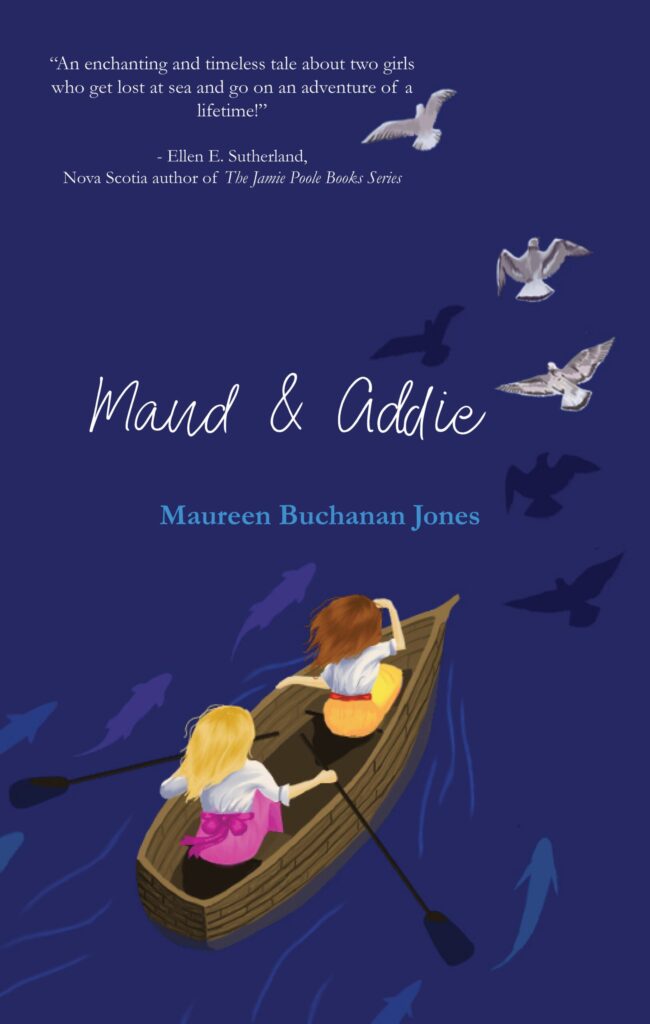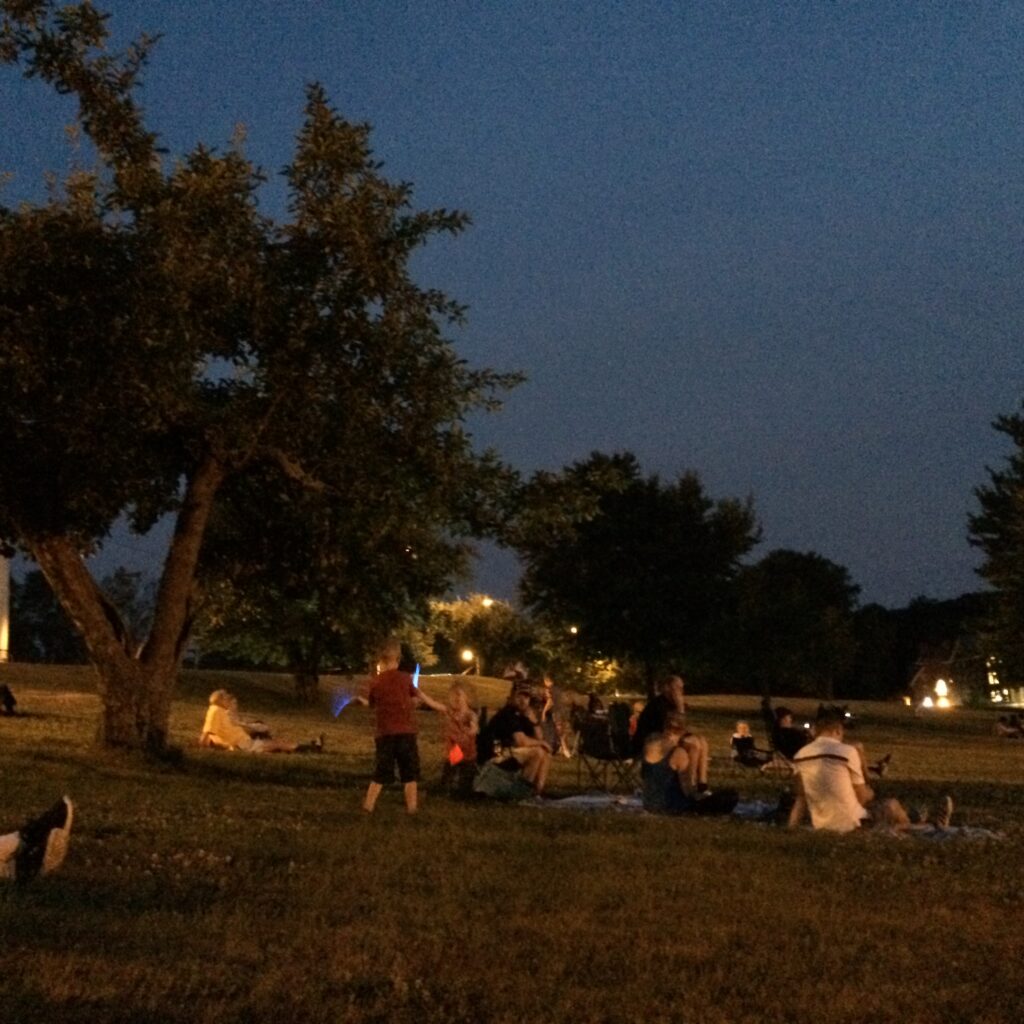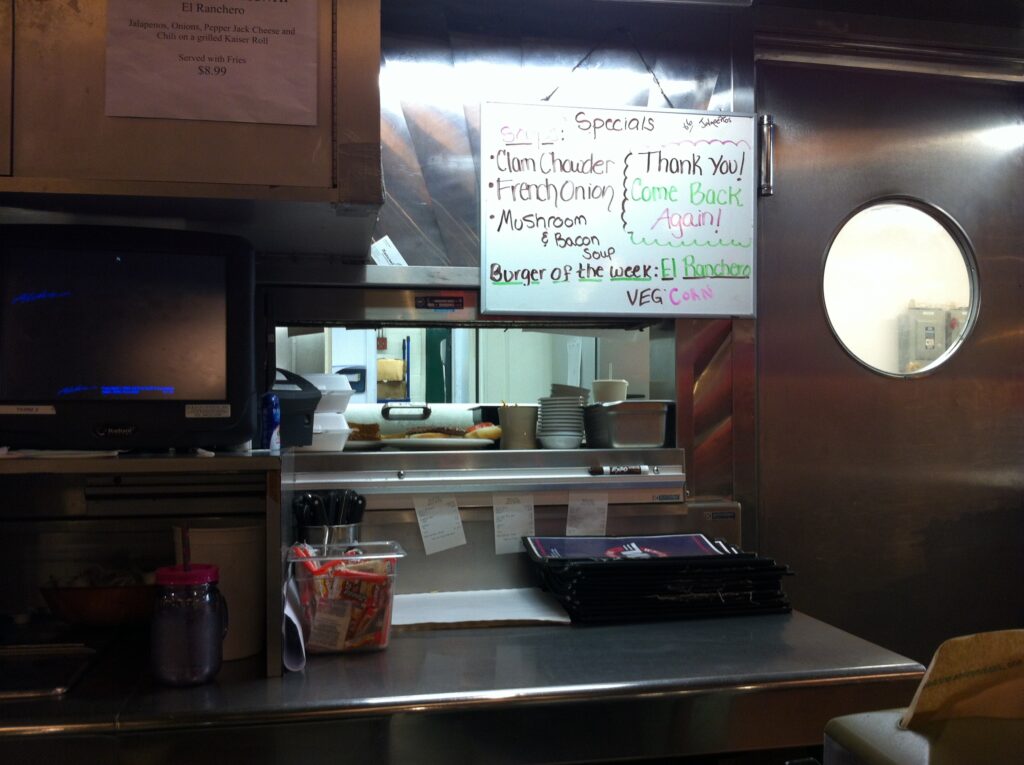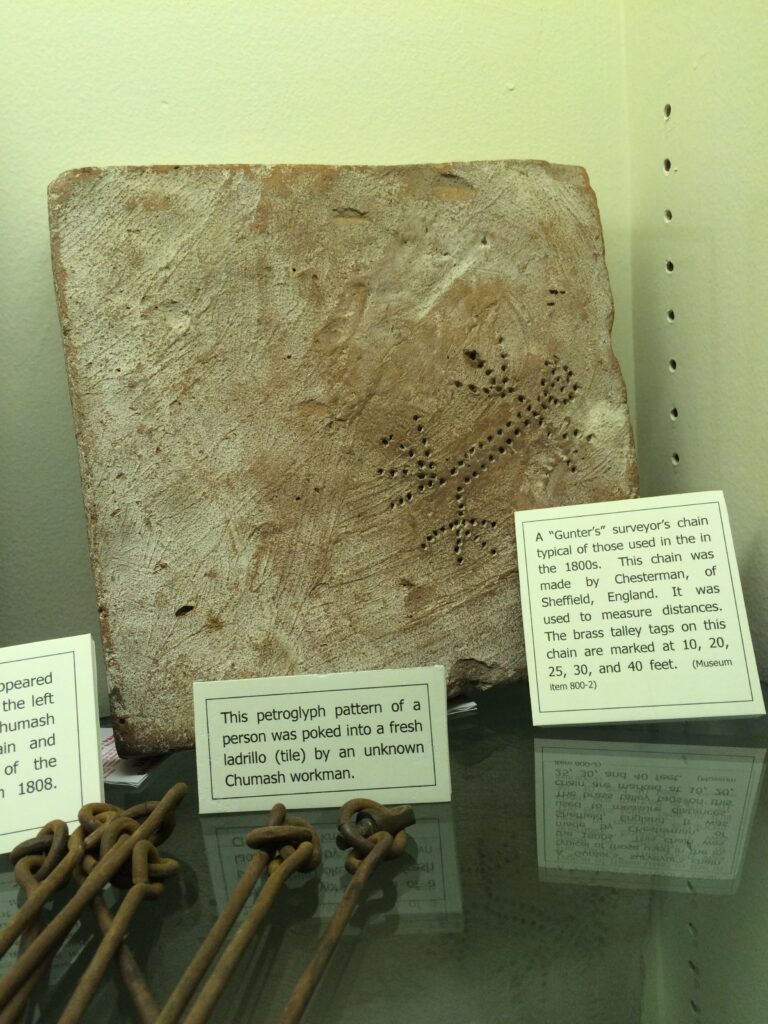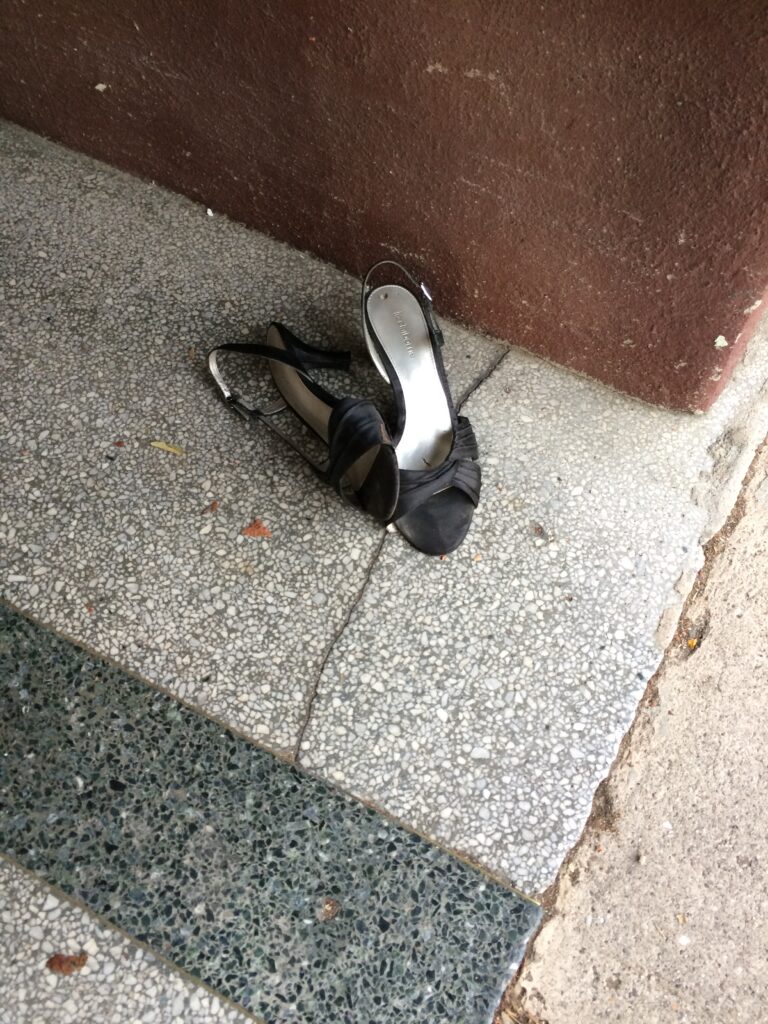I hate losing anything. I arrived in Jeannie’s town and got on the school bus. I was a Sophomore, and this was my fourth high school. Jeannie touched my arm as I walked down the center aisle with a pit in my stomach. “You can sit here,” she said. For one year we were inseparable. We have the photo booth pictures to prove it. And then I moved away again. Jeannie visited me, we wrote a bit, and then life swept us up and on. Four years ago I received an email requesting a copy of my poetry book. I wrote back and asked, “Is it you?” The buyer was Jeannie. This week Jeannie came to visit. We have not seen each other in fifty years. Jeannie found me twice. The first time I was lost because I was the shy new kid for the 12th time. The second time because I had no idea anyone would want to find me.
What does this story have to do with writing, besides that it is, in itself, a good story to write? Everyone loses something. It happens to us and our characters all the time. And the most important thing we lose is people for all kinds of reasons. Every one is a story about who lost whom? Why did the losing happen? What kept the people from finding each other again? What happens if they do find each other? These are great questions for beginnings, middles, and ends of stories.
When Jeannie and I talked on the phone after our decades in separate orbits, we both admitted that we were afraid. We asked each other what our fears were about, and both of us said we didn’t want to disappoint the other. We wanted to be the kind of friend we were to each other fifty years ago. We were full of curiosity and courage. See? Another set of fantastic questions that have all the right ingredients: character development, plot, dialogue, setting, points of view, subtexts, and tension. There is losing with all its facets and there is finding with a parallel, but different set of dimensions. Everyone has lost and maybe found a story.
Upcoming Events
Online Weekly Workshops Beginning September 2023. I closely follow the AWA workshop method by treating all writing voices with respect and as equal artists in their writing explorations. A manuscript review is included but not mandatory in each workshop. Priority given to returning writers. All times are Eastern Time
Monday Evening: September 18 – November 6. Eight weeks, 6:30 p.m. – 9:00 p.m. $360.00. Tuesday Morning: September 19 – November 21. Ten weeks, 9:30 a.m. – 12:30 p.m. $500.00 Friday Morning: September 15 – November 17. Ten weeks, 9:30 a.m. – 12:30 p.m. $500.00
Flash Fiction: Online Writing Retreat: Saturday, October 14th 10:00 a.m. – 5:00 p.m. $125 How many words do we need to create a story? What does flash fiction do that a longer story doesn’t? We will write, experiment, share our work, and talk about this snapshot of a genre!
For information: maureen@maureenbjones.com
Publications
Maud & Addie “Sure to enchant, Maud & Addie is a touching novel complete with old skeletons, new friends, and the unbreakable bonds of sisterhood.” Vivian Turnbull, Foreword Reviews. To purchase: https://regalhousepublishing.com/product/maud-and-addie/
blessed are the menial chores “Should anyone ask what poetry is, hand them a copy of this book.” Sue Brannan Walker, poet laureate of Alabama 2003 – 2012. Purchase here: https://www.writingfulltilt.com/author/
Prompt Photo
